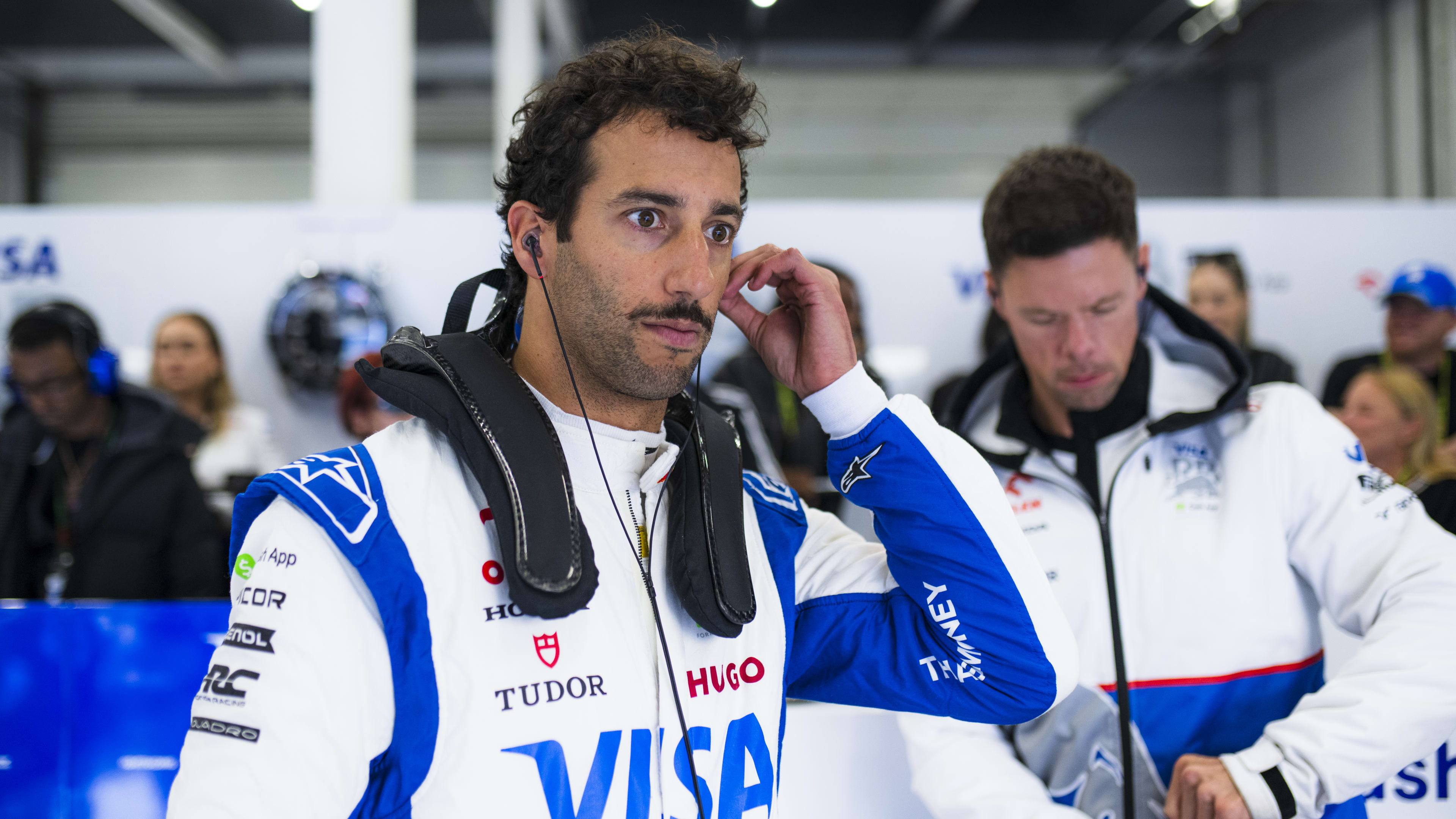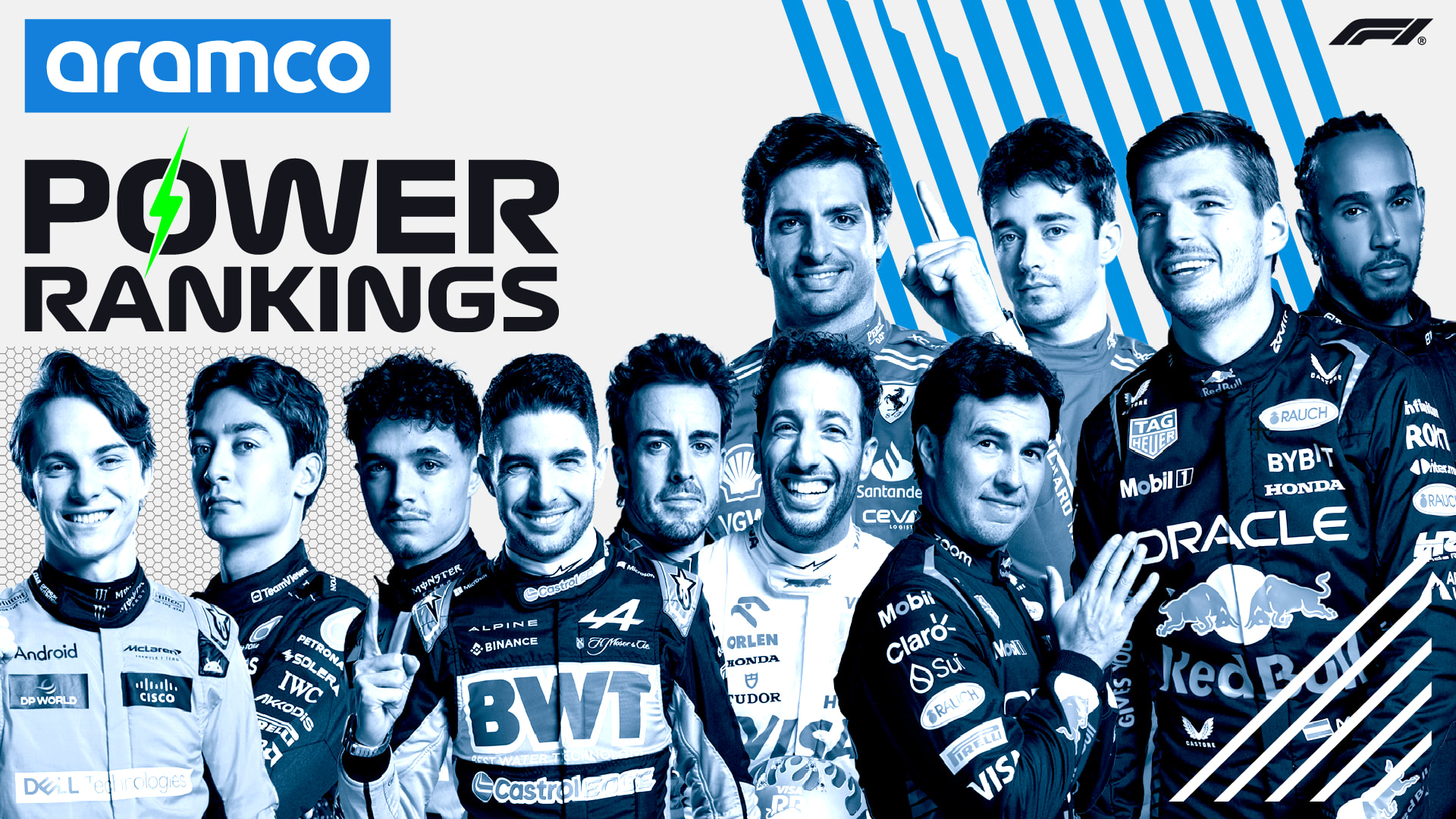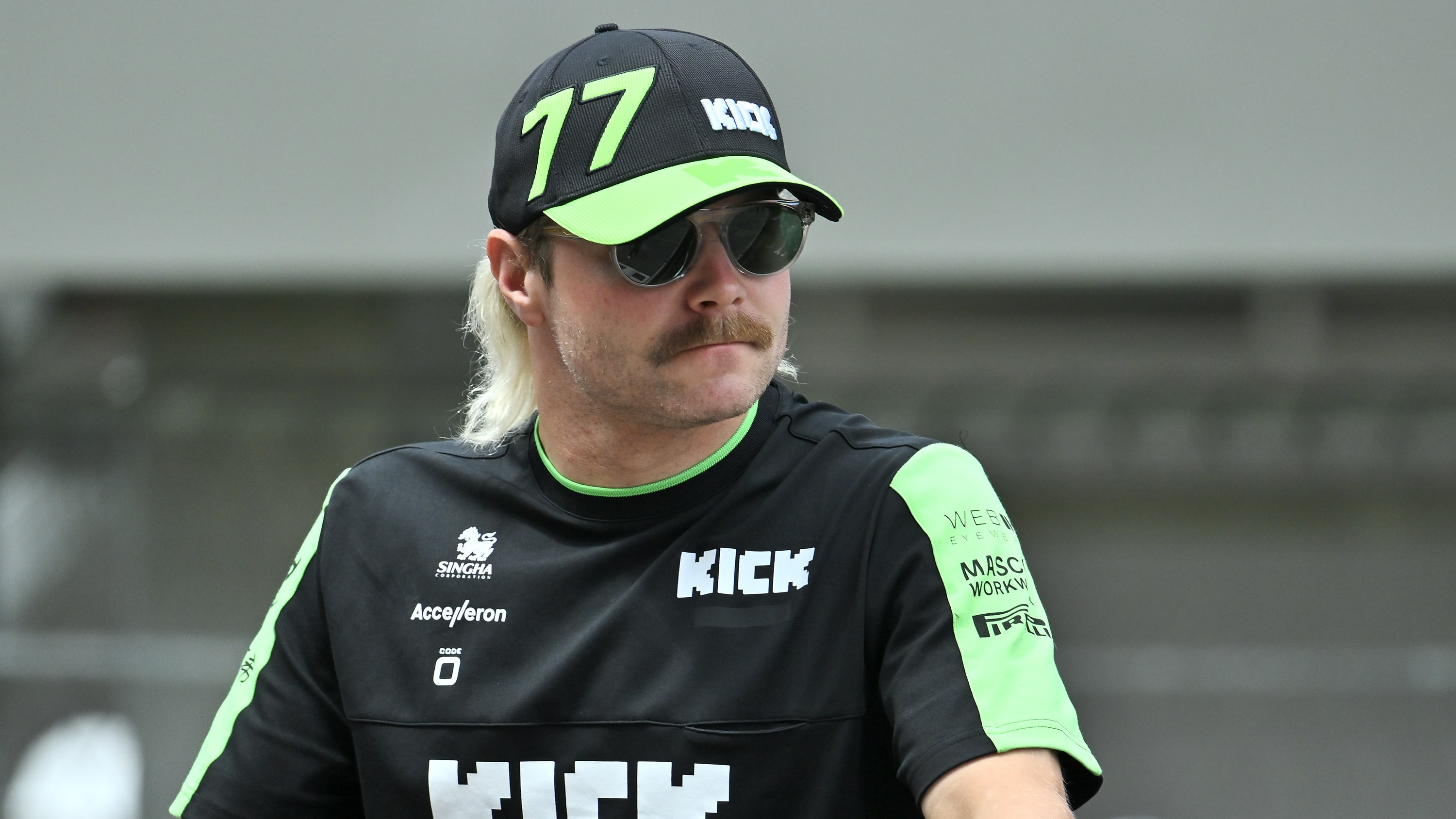Gundam-Inspired Car Builds: Mecha Meets the Street of Japan
Gundam-inspired cars take JDM tuning to another level. Discover how fans fuse mecha style, custom bodywork, and Japanese culture into show-stopping builds.
TL;DR
1. Gundam-inspired cars fuse Japanese mecha aesthetics with custom car culture, especially within the JDM scene.
2. Builders focus on angular bodywork, futuristic lighting, and sci-fi theming to mimic mobile suit design.
3. It’s more than cosplay—it’s a movement that merges fandom, engineering, and expressive automotive art.
When JDM Meets Gundam: Why Mecha-Style Cars Are Gaining Traction
Let’s face it—cars are more than just transport. For many, they’re an extension of identity, creativity, and even fandom. Nowhere is that more visible than in the growing trend of Gundam-inspired builds, where the lines between anime, science fiction, and JDM car culture blur in the most incredible ways.
These aren't just cars with decals. They’re full-on visual transformations—wide-arched, vented, sculpted builds that look like they were pulled straight from a Mobile Suit hanger bay. Bold angles, purposeful aero, and hyper-detailed lighting setups define this new take on automotive customisation.
One of the most striking examples? This 2017 Toyota C-HR build inspired by Gundam style. It's not your typical slammed crossover. It’s a futuristic masterpiece, blending aggressive lines, robotic detailing, and color schemes that wouldn’t look out of place in a Sunrise animation cel.

The Origins: From Anime to Automotive
Gundam isn’t just anime—it’s one of Japan’s most influential cultural exports. The franchise debuted in 1979 and quickly sparked a universe of stories, models, art, and yes, car inspiration. With its focus on mechanical design and futuristic warfare, Gundam’s "real robot" aesthetic naturally translates to automotive modification.
Much like JDM culture itself, which is deeply rooted in precision, performance, and individuality, Gundam designs favour sharp lines, modularity, and functionality. It’s a perfect stylistic match.
Some builders take cues from the RX-78-2 with its iconic red-white-blue colour scheme and chest vents. Others lean into the darker tones of the Zaku II or the menacing curves of Gundam Barbatos. The result? Builds that feel like machines with personality—battle-ready, angular, and aggressive.
If you're new to this world, we also recommend reading How Do You Explain JDM? A Complete Guide to JDM Cars to understand the tuning ethos that powers these inspired creations.
What Defines a Gundam-Inspired Build?
Unlike anime-wrapped cars or Itasha culture, Gundam-style builds don’t rely on character artwork or vinyl decals. Instead, they transform the car’s body itself to reflect mecha DNA.
1. Body Kits and Aero Styling
Expect sharp angles, bold overfenders, canards, and rear diffusers that look like mobile suit armor plates. These modifications often use 3D scanning and custom moulding to get those aggressive lines dialled in just right.
2. Lighting and Tech Integration
Gundam builds often feature LED underglow, RGB headlight halos, and sequential taillights to simulate energy weapon glow or cockpit lighting. Think “Gundam eyes”—glowing lenses that mimic the piercing stare of a mobile suit.
3. Color and Detail
Colours typically reflect Gundam mechs: stark whites, charcoal greys, or military blues with bright accent colours—yellow, red, neon green. Builders often integrate insignias, numbering systems, and mechanical labels, much like real model kits.

More Than Just Looks: The Engineering Side
Some of these cars don’t just look futuristic—they push performance boundaries too. Builders frequently upgrade suspension systems, brakes, and even powerplants to match the mecha aesthetic with real-world capability.
Custom air-ride systems allow Gundam builds to slam or lift at will, adding an almost robotic movement to their presence. Widebody conversions are carefully engineered to maintain drivability while delivering show-stopping visuals.
The craftsmanship on display is staggering—and fits neatly into what makes JDM cars so loved: bold ideas, precision work, and individual style.
Explore more about why JDM culture captivates so many with Why Do People Like JDM Cars So Much?
Real Builds That Embody the Gundam Spirit
We’ve already featured the Toyota C-HR, but that’s just one example. Other Gundam-inspired builds making noise in the scene include:
-
A widebody Lexus RC F themed around Gundam Unicorn, complete with transforming aero and sequential lighting.
-
A Nissan GT-R with matte grey panels, Zaku red accents, and laser-cut emblem work to resemble the Principality of Zeon mechs.
-
Honda Civic Type Rs with front bumper modifications styled after Gundam’s V-fin antenna, blending performance with personality.
While most builds avoid anime decals, many do include model kit elements like figure mounts, scale parts in engine bays, or even battle-scarred vinyl wraps to tell a deeper story.
For visuals and more inspiration, check out pages like “Gundam Car Mod Projects” on Pinterest or Reddit’s r/AnimeMechaCars
Should You Build a Gundam Car?
If you're thinking of diving in, here are some things to keep in mind:
-
Budget: Full Gundam-style conversions can be pricey due to custom fabrication and lighting.
-
Platform: Start with a car that has aggressive body lines—Civic Type R, GT86, RX-8, or even a C-HR as shown.
-
Inspiration vs Interpretation: You don’t need to go full cosplay. Many of the best builds are subtle in their influence but rich in detail and execution.
It’s not about copying—it's about channeling a vibe. That sense of tech, motion, and precision that Gundam radiates.

Why This Movement Matters to the Car Scene
We love seeing automotive culture evolve—and Gundam-style builds are a perfect example of that evolution. It blends street culture with storytelling, JDM ethos with anime imagination.
As platforms like Stance Auto Magazine continue to document this shift, we’re proud to showcase how modified cars become more than the sum of their parts—they become narrative machines, carrying stories and subcultures on their panels.
If you've built or photographed a Gundam-inspired car, now’s the time to share it with the world. We want to feature your mecha masterpiece next.
Author Bio:
Paul Doherty is the founder and editor of Stance Auto Magazine, passionate about connecting drivers with their perfect cars. From anime-inspired builds to grassroots car shows, Paul tells the stories that keep the culture alive.
Call to Action
Do you have a build story like this one? Got a build on a budget? We want to see it. Submit your story to Stance Auto Magazine, and you could be the next featured owner showing the world how to do it right—without breaking the bank.
And hey, don’t forget to tag us on socials. Use #stanceautomag on Instagram, Pinterest and Facebook so we can see (and maybe feature) your ride.

Order Your Car Magazines From Our Amazon Book Store
Get Noticed Use our Hashtags - #stanceauto #stanceautomag #stanceautomagazine #modifiedcarmagazine
UKTM no: UK00003572459
 Like
0
Like
0
 Dislike
0
Dislike
0
 Love
0
Love
0
 Funny
0
Funny
0
 Angry
0
Angry
0
 Sad
0
Sad
0
 Wow
0
Wow
0

























































































.png)












![[HOONIGAN] Ken Block's GYMKHANA NINE](https://img.youtube.com/vi/_bkX5VkZg8U/maxresdefault.jpg)


















































































![[HOONIGAN] KEN BLOCK'S GYMKHANA SEVEN: WILD IN THE STREETS OF LOS ANGELES](https://cdn.motor1.com/images/mgl/2KlO4/s1/ken-block-london-tour-directors-cut.jpg)























































